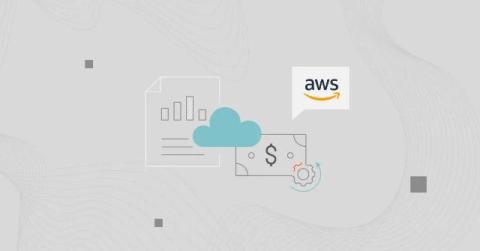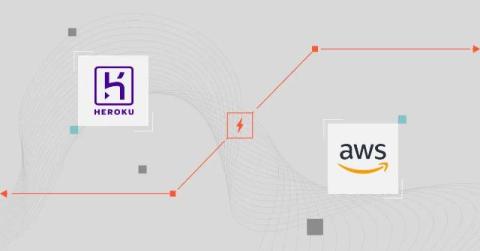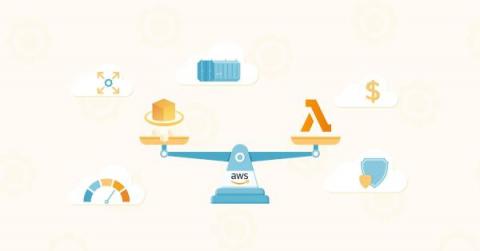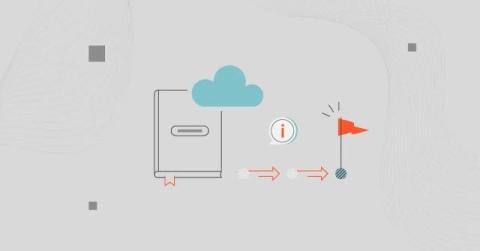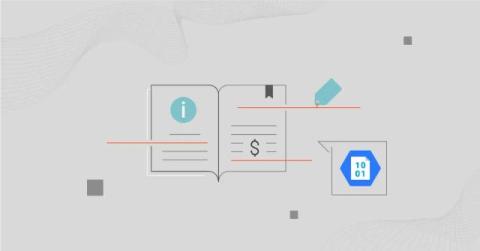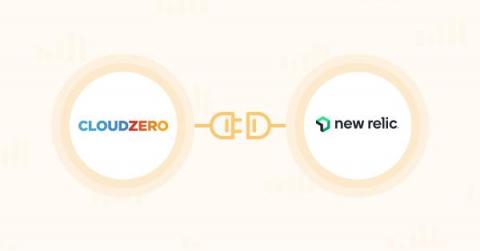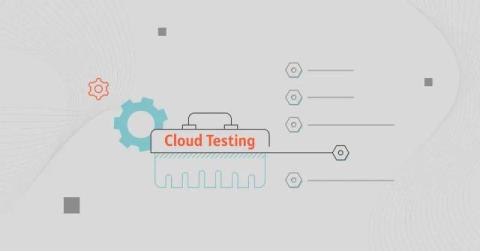Kubernetes Vs. Docker Vs. OpenShift: Understanding Their Roles And Differences
Containers are a big deal today. They are software units that contain all the code, runtime, and dependencies required to run a distributed application. Thus, containers help engineers test and run apps without compatibility issues on any device and platform. Organizations can use containers to reduce engineering costs, speed up deployments, develop and test AI models, and automate more processes. You probably want those benefits as well.



